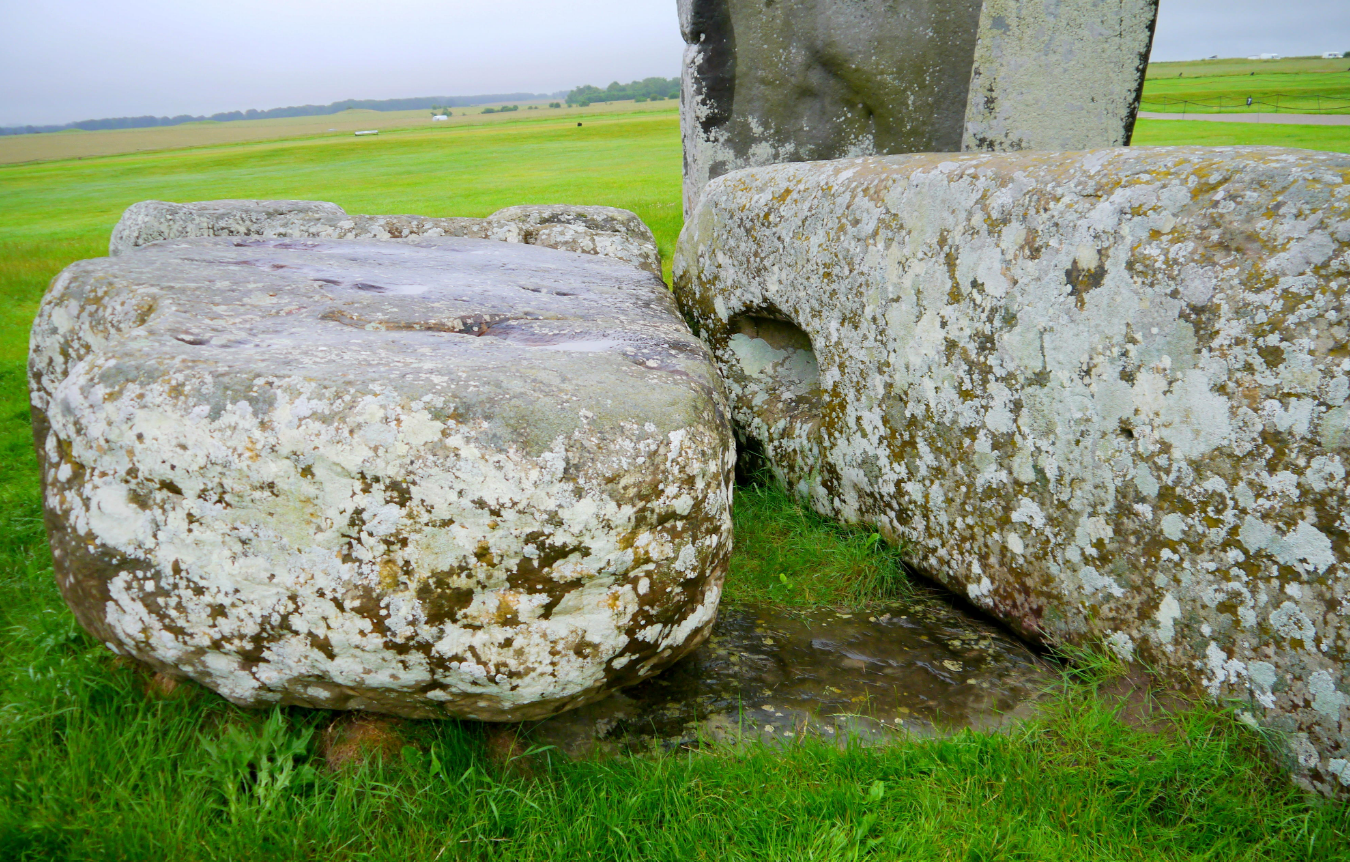The Altar Stone at Stonehenge may have been sourced from northeast Scotland, at least 700 kilometers (434 miles) away from its final placement in southwest England. It’s not clear how prehistoric humans managed to transport the 6-ton rock to the other side of the British Isles, but the new research adds further intrigue to the story of the famed Neolithic site.
Construction at Stonehenge began around 5,000 years ago, with multiple modifications and additions made over the following 2,000 years. It was previously thought that the henge was comprised of two rock types: the large iconic sarsen, likely sourced around 25 kilometers (15.5 miles) away near Marlborough, plus the smaller bluestones, collected from the Preseli Hills in southwest Wales.
For centuries, it had been assumed that the Altar Stone, a large sandstone block measuring 5 by 1 meters (over 16 by 3 feet) buried flat in the heart of the monument, was one of the Welsh bluestones, but recent research showed that wasn’t the case.
To uncover its mysterious origins, scientists from Curtin University and Aberystwyth University took a closer look at its geochemical makeup.
When I found out that it was Scottish, my team and I thought: ‘No way did people move this. It’s just too far.’ It’s completely unprecedented.
Anthony Clarke
“The Altar Stone is a sandstone made up of individual grains, kind of like grains at the beach that have been squished together, and some of these grains are minerals that contain uranium. Over geological time, uranium will decay to lead and we know the rate at which that decay process occurs. So in a way, each of these grains is almost like a miniature atomic clock,” Anthony Clarke, lead author and PhD student at Curtin University’s School of Earth and Planetary Sciences, told IFLScience.
“If we date several of these grains within the Altar Stone, it allows us to build up a fingerprint of ages, like a barcode, a serial series of numbers. That can be statistically compared to source rocks throughout Britain and Ireland. When we did that, it was very much distinctly Scottish,” he explained.

The Altar Stone is the flat stone seen here underneath two bigger fallen Sarsen stones.
Image credit: Professor Nick Pearce/Aberystwyth University
In particular, the Altar Star shares some uncanny similarities with the Old Red Sandstone found in the Orcadian Basin in northeast Scotland, around 750 kilometers (466 miles) away from Stonehenge.
“When I found out that it was Scottish, my team and I thought: ‘No way did people move this. It’s just too far.’ It’s completely unprecedented,” Clarke added.
“Even today, a journey from Scotland [to southwest England] is pretty arduous. Back then, the land was heavily forested. There were mountain ranges: the Pennines, the Cairngorms, the Grampians, and the Southern Uplands. It was boggy,” he noted.
Blown away by the distance, the team explored the possibility that the rock was moved southwards across the British Isles by glaciers. However, they found that almost all the ice flows over the past 1 million years had gone northwards, the opposite direction of the rock’s movement. There’s also no sign of ice movement on the stone, either.
This led them to conclude that the only way the Altar Stone could have traveled this huge distance was by boat.
Plenty of archaeological evidence shows that marine transport routes were well-established across Neolithic Europe and people had developed surprisingly sophisticated vessels around this time. While the transit of the Altar Stone would be the longest recorded journey for any stone used in a monument during this period, it’s not a totally crazy idea that it was shipped all the way down Britain’s coast.
“It seems that maybe the ancient world was a lot more connected than we might think,” Clarke concludes.
The new study is published in the journal Nature.
Source Link: Stonehenge's Famous Altar Stone May Be From Scotland, Over 700 Kilometers Away